Introduction :
Welcome to the savory and aromatic world of smoke sausage, a culinary treasure that has tantalized taste buds across the globe for centuries. This guide invites you on a journey to explore the rich history, diverse varieties, and the art of preparing and enjoying smoke sausage. From its humble beginnings to its status as a beloved staple in various cuisines, smoke sausage embodies a perfect blend of tradition and flavor.
In this guide, we delve into the origins of smoke sausage, tracing its evolution across different cultures and continents. We’ll explore the myriad of types available, each with its unique taste and preparation method, influenced by regional ingredients and culinary techniques. Whether you’re a seasoned chef or a curious food enthusiast, this guide offers a comprehensive look into the world of smoke sausage, promising to enrich your culinary knowledge and inspire your palate.
Join us as we uncover the secrets behind selecting, cooking, and pairing smoke sausage, transforming simple meals into extraordinary culinary experiences. Get ready to discover the endless possibilities that smoke sausage brings to the table, from traditional dishes to innovative recipes that will leave you craving for more.
For a deeper dive into the history of sausages, visit the National Hot Dog and Sausage Council for a detailed look at how sausages have evolved over time.
For those interested in the art of sausage making, The Spruce Eats offers a range of recipes and tips to get you started on your own sausage-making journey.
And if you’re looking for pairing ideas and recipes, Food & Wine provides a collection of gourmet sausage recipes that are sure to inspire your next meal.
Embark on this flavorful exploration of smoke sausage and discover a world of culinary delights that await you!
History of Smoke Sausage
The history of smoke sausage is a fascinating tale of culinary evolution, deeply rooted in the necessity and creativity of ancient cooking practices. Originating as a method to preserve meat before the advent of refrigeration, smoke sausage has journeyed through time, becoming a beloved delicacy in various cultures around the world.
Centuries ago, our ancestors discovered that smoking meat, particularly sausages, not only extended their shelf life but also imparted a rich, distinctive flavor. This discovery led to the birth of smoke sausage, a process that initially involved curing the meat with salt and spices, followed by exposing it to smoke from burning wood. This method, born out of necessity, quickly transformed into an art form, with different regions adopting unique smoking techniques and ingredient combinations.
In Europe, smoke sausage became a staple, with each country and region adding its signature touch. From the spicy chorizos of Spain to the milder, herb-infused sausages of Germany, smoke sausage took on numerous forms, each reflecting the local palate and available ingredients. In Eastern Europe, countries like Poland and Hungary became renowned for their smoked sausages, each variety telling its own story of cultural influences and culinary ingenuity.
As explorers and immigrants traveled across continents, they brought their sausage-making techniques with them, introducing smoke sausage to the New World. Here, it melded with local traditions and ingredients, giving rise to new varieties that have become integral to American cuisine.
Today, smoke sausage is not just a food item; it’s a symbol of cultural heritage and culinary diversity. Its history mirrors the human journey, showcasing how a simple method of preservation evolved into a global gastronomic phenomenon. As we savor each bite of smoke sausage, we taste centuries of tradition, innovation, and the universal love for good food.
Types of Smoke Sausage
Smoke sausage, in its myriad forms, showcases a world of flavors and traditions. Each type of smoke sausage brings its unique taste and texture, reflecting the culinary heritage of its region. Let’s explore some of the most popular and beloved varieties that have captivated palates globally.
1. Chorizo: Originating from Spain and Portugal, Chorizo is a fiery favorite known for its deep red color and robust flavor, thanks to the generous use of paprika. It’s a versatile sausage that adds a spicy kick to any dish.
2. Andouille: A staple in Cajun cuisine, Andouille is a smoked sausage made from seasoned pork. Its strong, distinct flavor is a key ingredient in dishes like gumbo and jambalaya.
3. Kielbasa: Hailing from Poland, Kielbasa is a garlic-flavored sausage that comes in various forms. It’s a crowd-pleaser, often enjoyed grilled or added to hearty stews.
4. Bratwurst: A German classic, Bratwurst typically combines pork and veal with a blend of spices. It’s a favorite at barbecues and pairs wonderfully with sauerkraut and mustard.
5. Italian Smoked Sausage: Known for its fennel and anise flavors, Italian smoked sausage is a must in many Italian-American dishes. It’s perfect for adding depth to pasta sauces and pizzas.
6. Boudin Noir: A French variety, Boudin Noir is a blood sausage, rich and intense in flavor. It’s a delicacy for those who appreciate its unique taste and creamy texture.
7. Lapskaus: Scandinavian in origin, Lapskaus is a smoked lamb sausage, often featuring a blend of spices like juniper, which gives it a distinct flavor profile.
Each type of smoke sausage offers a unique culinary experience, inviting you to explore different cultures through taste. Whether it’s the spicy kick of Chorizo or the subtle complexity of Kielbasa, smoke sausage continues to be a beloved ingredient in kitchens around the world.
Ingredients in Smoke Sausage
The art of making smoke sausage involves a symphony of ingredients, each playing a crucial role in creating its distinctive taste and texture. While recipes vary across different types of smoke sausage, certain key ingredients remain fundamental in crafting this culinary delight.
1. Meat: The soul of any smoke sausage, the choice of meat can vary. Pork, beef, and poultry are the most common, with variations like lamb or game meats adding unique flavors. The meat’s quality and fat content significantly influence the sausage’s final taste and juiciness.
2. Fat: Essential for texture and flavor, fat is carefully balanced in smoke sausage. It helps in maintaining moisture and richness, ensuring that the sausage doesn’t dry out during the smoking process.
3. Salt: Beyond its role in seasoning, salt is crucial for preservation and texture. It helps in extracting proteins from the meat, which are vital for binding the sausage mixture.
4. Spices and Herbs: This is where each smoke sausage gets its unique character. Paprika, garlic, pepper, fennel, and sage are common, but the combinations are endless, varying from one region to another.
5. Curing Agents: Ingredients like sodium nitrite are often used in smoke sausage to preserve color and prevent spoilage. They play a key role in ensuring the sausage’s safety and longevity.
6. Natural Casings: Typically made from animal intestines, natural casings give smoke sausage its traditional shape and contribute to its texture.
Understanding these ingredients is key to appreciating the complexity and variety found in smoke sausage. Each element, from the choice of meat to the blend of spices, works in harmony to create the rich, savory flavors that smoke sausage lovers cherish.

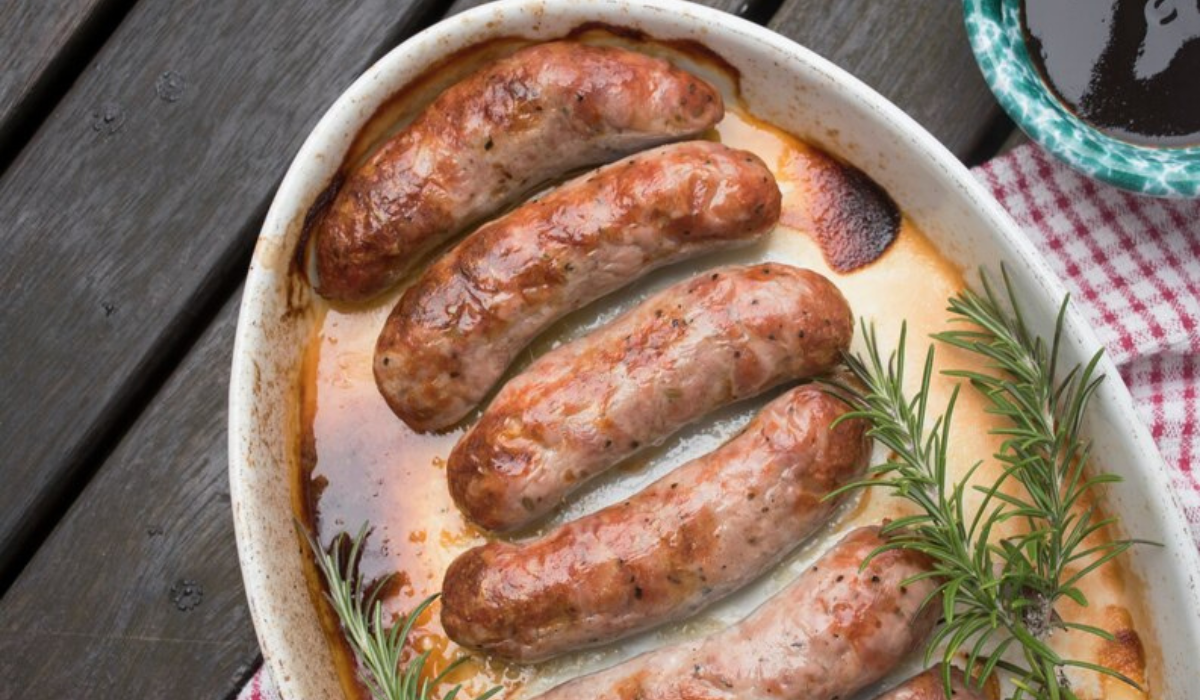

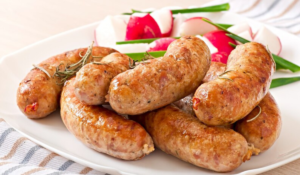
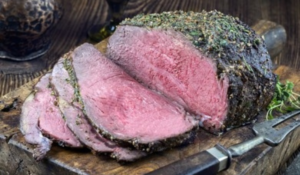
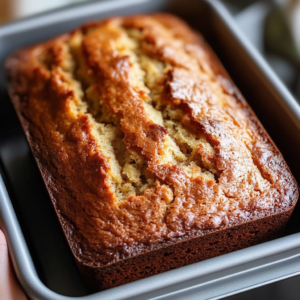
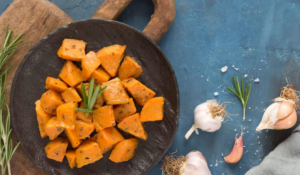
2 thoughts on “Mastering Smoke Sausage: A Complete Culinary Guide”
Comments are closed.